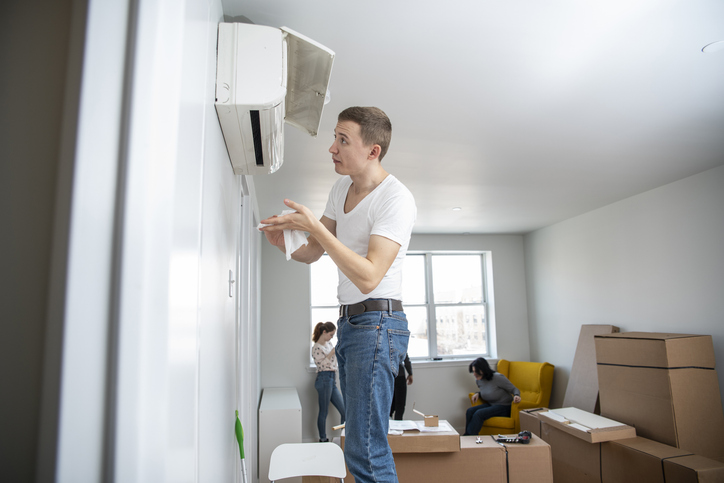Introduction
Upgrading your cooling system isn’t just about comfort—it’s about smart energy choices that deliver value for years to come. A major factor that influences energy efficiency and cost savings is the SEER (Seasonal Energy Efficiency Ratio) rating of the unit you select. Homeowners investing in AC replacement in Plano, TX, often ask how these ratings affect their utility bills and what rating suits their home’s cooling needs best. Here’s a complete breakdown to help you compare SEER ratings and make the most financially sound decision.
AC Replacement: SEER Ratings and Long-Term Savings
1. What Is a SEER Rating and Why Does It Matter?
SEER stands for Seasonal Energy Efficiency Ratio and measures how efficiently your system cools your home during a typical cooling season. Higher SEER ratings mean the system uses less energy to deliver the same level of comfort. For example, a unit with a SEER of 18 will generally cost less to run than one rated at 14. In warm climates like Texas, choosing a high-SEER unit can lead to substantial monthly savings. Over time, this efficiency pays for itself in reduced energy bills.
2. Understanding Cost vs. Efficiency Trade-offs
While higher SEER-rated systems offer better energy savings, they also come with an increased upfront cost. It’s important to weigh the initial investment against long-term benefits. A unit with a SEER rating of 16 might cost more than a 14 SEER unit, but could save hundreds annually on electricity. Homeowners already spending on AC repair in Garland, TX, often realize that upgrading to a better-rated unit is more cost-effective in the long run. The key is striking the right balance between budget and efficiency.
3. How SEER Ratings Affect System Lifespan
Efficient systems typically experience less strain during operation. Since they can cool your home more effectively with fewer cycles, the components tend to last longer. This means reduced wear and fewer service calls over time. Also, some higher-rated systems include enhanced features like variable-speed compressors that improve comfort and durability. Choosing a quality unit with the right SEER rating helps extend the life of your investment.
4. Consider Your Home’s Unique Cooling Needs
Not all homes need ultra-high SEER units. Factors like insulation, home size, and window exposure play major roles in determining what efficiency level is ideal. If your home has excellent insulation, you may not need a 20+ SEER system. Meanwhile, commercial properties exploring commercial AC maintenance near McKinney, TX may benefit from high-SEER rooftop units that support consistent cooling and lower operational costs. A professional consultation ensures the rating matches your specific needs.
5. Rebates and Incentives Can Offset Initial Costs
Utility companies and government programs often offer rebates for installing high-SEER systems. These incentives can significantly lower your upfront cost, making an efficient unit much more affordable. Be sure to ask your HVAC provider about available programs in your area. Combining rebates with monthly energy savings makes high-efficiency systems even more attractive over time.
Choosing the right SEER rating is more than a technical decision—it’s a long-term financial strategy. While higher-rated systems may cost more at the start, the energy savings and reduced maintenance often outweigh the initial expense. Take into account your home’s specific needs, compare costs and benefits, and explore available incentives. When properly chosen, a high-efficiency unit can provide years of comfort and cost savings that make every penny worth it.
Conclusion
Let ClassicABC ABC help you choose the perfect SEER rating for your home or business. We’ll make sure your investment works hard, without working your wallet.
📌 Your Local Comfort Experts — Now Serving You as ClassicABC ABC, Offering the Same Fast and Reliable Air Conditioning, Heating and Plumbing Services You Know and Trust.

